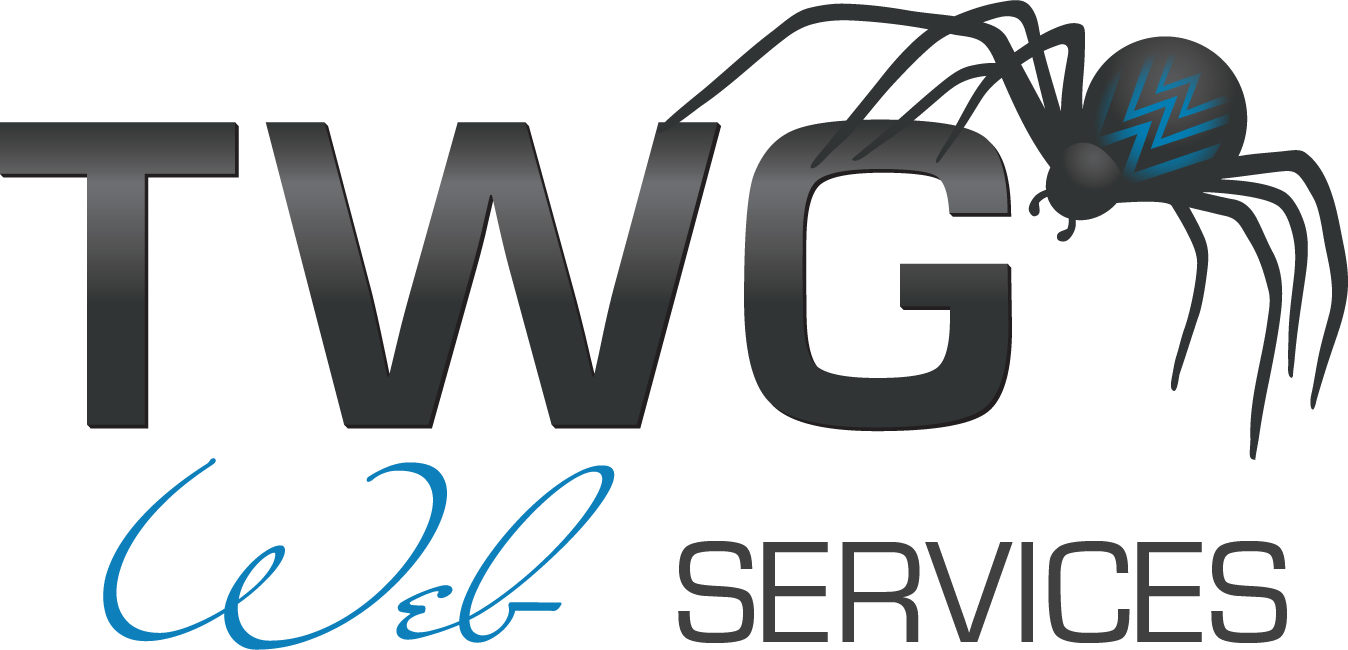There are some things that users get tired of seeing, or not seeing on websites. These things may seem like great ideas in the beginning, but really, they may just turn users away from your site. If your website has some (or all) of these things included, you may want to consider updating your website and adding or removing some of these things to create a better user experience.
1. Pop-ups
Users generally do not like to be bombarded with a pop up windows when the first visit your site. Let them make their own decisions about what they want to do once they get to your site.
2. No contact information
Leaving off contact information is always a bad idea. That is one of the top things that people visit a website for. You want to give them a clear way to get in touch with you. After all, you want them to buy your product or services don’t you?
3. Automatically playing multimedia
Again, people want to make their own decisions about what they want to hear or see when they visit your site. A video or music automatically playing can distract them and make them close the window on your site.
4. No social media links
With the ever-growing popularity of social media, people want to be able to connect with you on all levels. Plus, it is a great way to stay in contact with your customers and clients and reach them on a more casual level.
5. No blog
Blogging is like social media. It gives you another way to connect with people in a more casual way and allows you to present more information on your site. In addition, that content is always changing and it gives people a reason to come back to your website.
6. No call to action
It is important to show people what your ultimate goal is for them. You can guide them with calls to action on how they should navigate through your site as well as the purpose of your website.
7. Confusing layout and content
Just like with calls to action, your content and overall layout of your site guides people to what they need to look at. If your content is laid out in a confusing way, people will get lost in the information.
8. Flash websites
Flash websites may look cool, but they cannot be viewed on phones and tablets. This is a major downfall if you do not have a separate mobile version of your website.
9. Slow slideshows
Let’s be honest – people are impatient. They do not want to wait for a slide to change so that they can see the next deal or special. If you are going to use a slower slideshow for a certain reason, be sure to give the user controls to navigate through the slideshow on their own.
10. Dizzying background images
Your background image and colors should be pleasing to the eye and not too distracting from the main information of your website. You don’t want to hurt someone’s eyes because they stared at your intense red colored background too long!
These things tend to drive people crazy when they visit websites. You want to provide your users with a pleasant experience when they visit your site, so that they come back for more.
